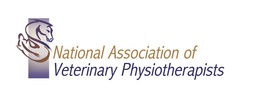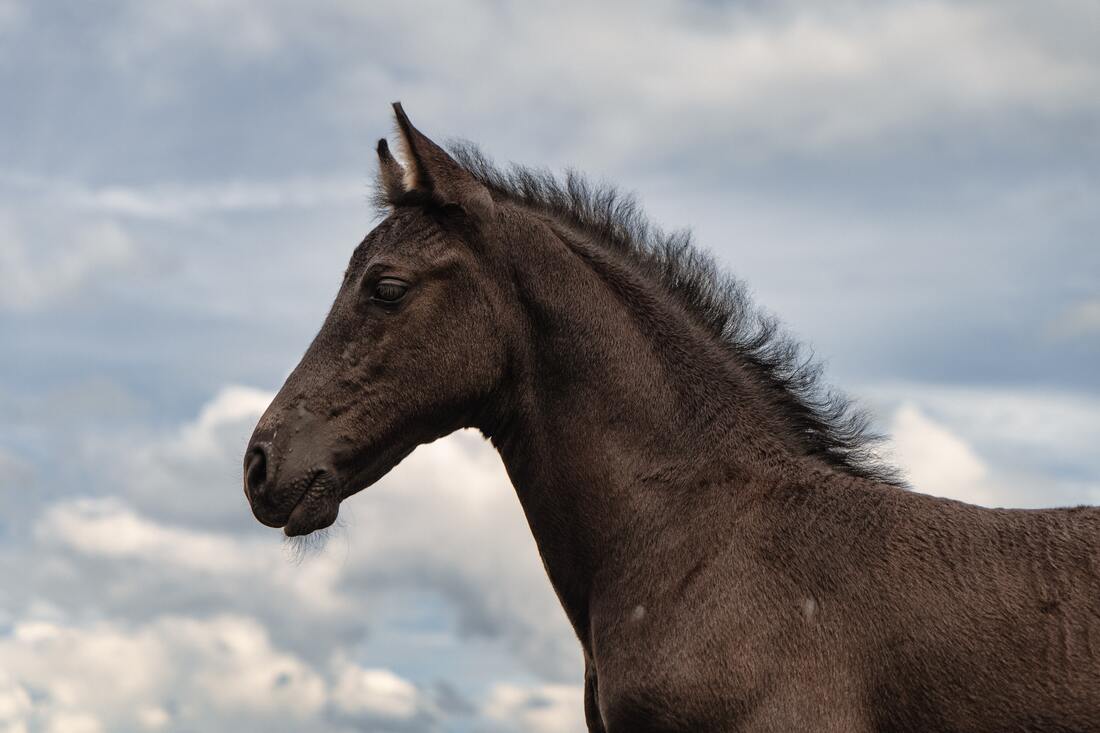|
For animal owners
Osteochondritis (OCD) is, unfortunately, a substantial problem in equine patients and can be a cause of lameness, especially in sport horses. Whilst the condition occurs worldwide, it is commonly seen in young horses who are rapidly growing. In this guide to Osteochondritis in horses, we will go into more depth about what the condition is and potential forms of treatments.
What is OCD? OCD is a common disease that affects domesticated horses, particularly young horses, and involves lesions in the cartilage or bone fragments in the horse’s joints. The condition arises when the lesion gets to the point that it separates itself from the underlying bone. OCD is an example of a JOCC (juvenile osteochondral condition) due to the fact that it affects younger horses and is a disease that affects joints or growth plates in horses that haven't fully developed. It then falls into a broader category of Developmental orthopedic disease (DOD). This term was coined in 1986 and encompasses all orthopedic disorders that are related to development, not just in joints. When bones grow, they solidify in a process called endochondral ossification. As the bones grow, they lengthen and epiphyseal cartilage builds up where the bones meet, forming joints. Over time, this cartilage starts to turn to bone with only a thin layer of cartilage remaining. Problems arise when this ossification process doesn’t go as planned. This is usually because epiphyseal cartilage needs blood flow to help the growth and when it does not get the blood flow it requires. Whilst OCD can occur in any joint, there are certain places that seem to be more susceptible to lesions from research studies. These include the hind fetlock, front fetlock, and hock. What causes OCD? Extensive research has been undertaken by veterinary professionals from around the world, and studies continue to take place to understand the connection between the severity or likeliness of OCD occurring in certain breeds, horses with particular genetics, or those horses that live in certain environments. Whilst there is no one cause, there are many suggested causes of DOD (including OCD) including an imbalance of nutrients. Either lacking in certain nutrients like copper or selenium or an excess of nutrients like zinc or manganese. OCD is often caused due to growth spurts which again can happen for many reasons. High protein diets can lead to high growth rates in foals or due to certain illnesses or hormonal imbalances. What treatments are available for OCD? In some rare cases, OCD has been shown to heal itself within a few months. However, this is not a guarantee and permanent problems can be caused by the condition. There are a couple of main treatments available for OCD. One is the medication route where polysulphated glycosaminoglycans or hyaluronic acid injects in the affected joint. This is then teamed up with box rest and a change in diet to ensure the horse is getting the correct levels of nutrients. The second main treatment option is the surgery route which involves having the cartilage and bone fragments removed from the joint and flushing out the chemicals that are causing the inflammation in the joint. The best form of treatment depends on the horse and the severity of the condition. It also depends on the requirements of the horse. E.g are they a racehorse? What happens if OCD is left untreated? Whilst we have mentioned that in some milder cases, the condition can heal itself, this is not often the case with more complex or severe cases. Chemicals that cause inflammation in the joint can result in permanent damage over time. Whilst surgery may not need to be an option in a lot of cases, if the condition is severe, surgery may be the only viable route. Many things impact the treatment and prognosis of OCD including the size of the lesions, the number of lesions, and location. This is why it is important that if any symptoms of joint problems are recognised, the horse is taken to an equine veterinarian to explore further and decide which course of treatment is best. OCD can manifest itself differently in each joint. As horses are individuals, they can all experience the disease to varying degrees. The severity, progression, and overall outcome of OCD depends on the individual equine patient. This is why a scoring system was created to measure the severity of OCD. Lesions can be given a score index of 0,1,2,4 or 8 to help determine the severity. It also helps show how the lesion has changed over time which can help with more accurate treatment recommendations and prognosis. Can OCD be prevented? There are some things horse owners can put in place to reduce the risk of OCD occurring. Ensuring their horse is receiving a balanced diet to suit them is a great place to start. It is also important to ensure the horse gets the correct amount of exercise and that the growth rate of the horse is monitored closely. Rapid growth spurts need to be avoided as this can increase the probability of OCD. OCD is just one of many conditions young horses can, unfortunately, suffer from. However, by being aware of the issue, knowing what the symptoms are, understanding what can be put in place to reduce the risk of OCD, plus the treatment options if the condition arises, horse owners can be prepared.
0 Comments
Your comment will be posted after it is approved.
Leave a Reply. |
AuthorNAVP Archives
June 2024
Categories
All
|
The Association |
Services |
|


 RSS Feed
RSS Feed